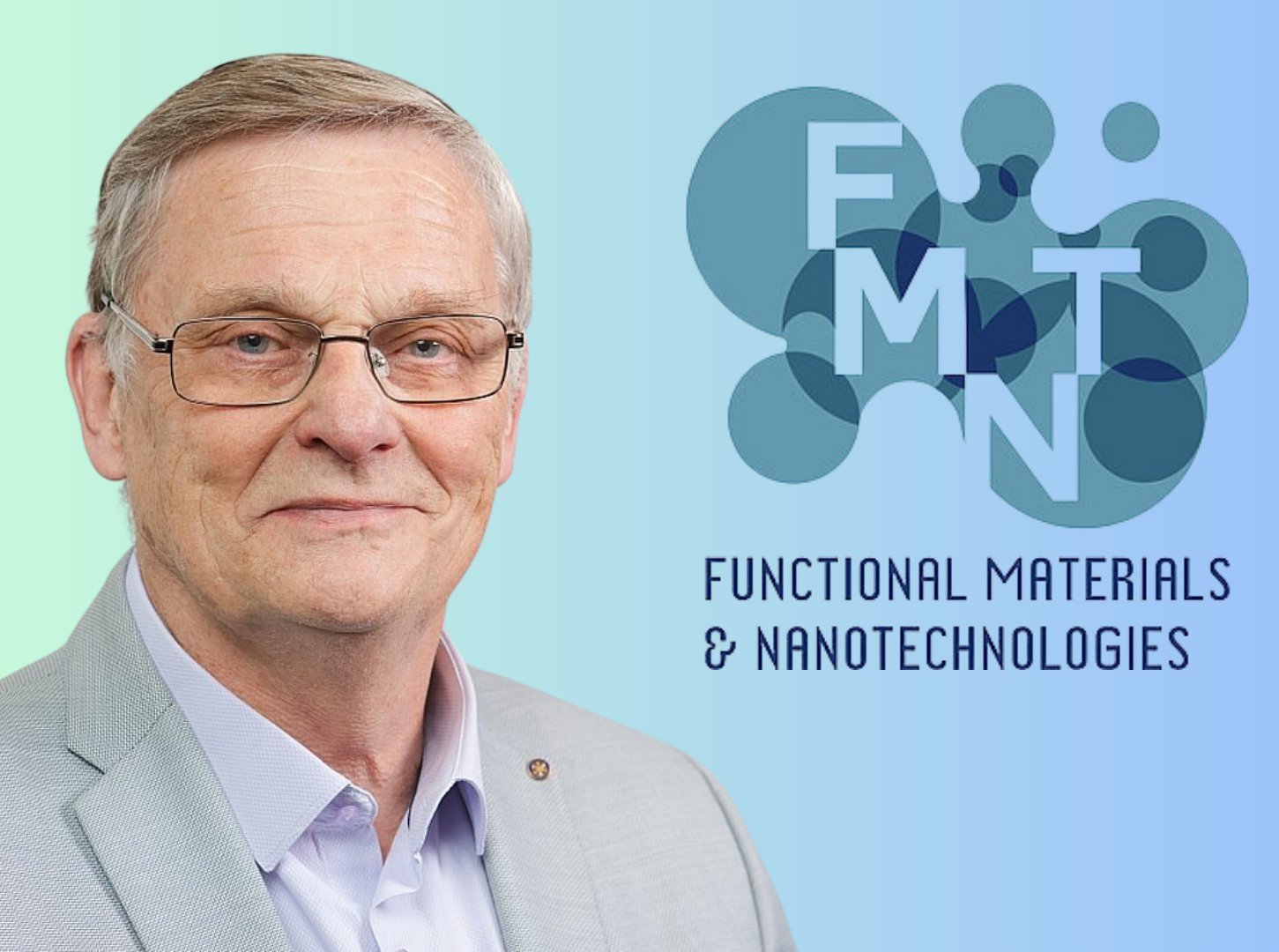Between October 6 and October 7, the Joint International conference FM&NT – NIBS 2024 (Functional Materials and Nanotechnologies (FM&NT) and Nanotechnology and Innovation in the Baltic Sea region (NIBS)) took place in Tartu, Estonia, showcasing the vibrant spirit of collaboration within the Baltic region. Among the esteemed researchers opening the conference was a distinguished physicist, ISSP UL’s Deputy Director for Science, and one of the founders of the FM&NT conference, Dr. Phys. Andris Šternbergs.
In a compelling opening address, Dr. Šternbergs delved into the historical backdrop of the FM&NT conferences, recounting their inception in Riga back in 2006. This foundational event marked the beginning of a series of conferences that have since expanded to embrace the entire Baltic region. Since 2016, the conferences have been held annually in different Baltic countries, rotating between Vilnius, Tartu, and Riga. This year’s gathering reaffirmed the commitment to regional collaboration, as the Steering Committee announced that the next conference will return to Riga in the spring of 2026.
On October 7, Dr. Šternbergs led the first plenary session on Motivation Day, setting the tone for a day filled with inspiration and innovative thinking. Throughout the day, discussions flourished, allowing participants to share insights and explore new ideas that could impact their fields. Dr. Šternbergs’ engagement extended beyond the plenary session, as he actively participated in conversations during both Motivation Day and Innovation Day on October 8. These discussions were important in shaping the future direction of research and collaboration among the Baltic nations.
The FM&NT-NIBS 2024 conference not only celebrated past achievements but also laid the groundwork for future endeavors, highlighting the importance of unity and shared knowledge in advancing science and innovation across the Baltic region. Dr. Šternbergs’ leadership and vision continue to inspire the scientific community, reinforcing the role of collaborative efforts in driving progress.
The conference website


